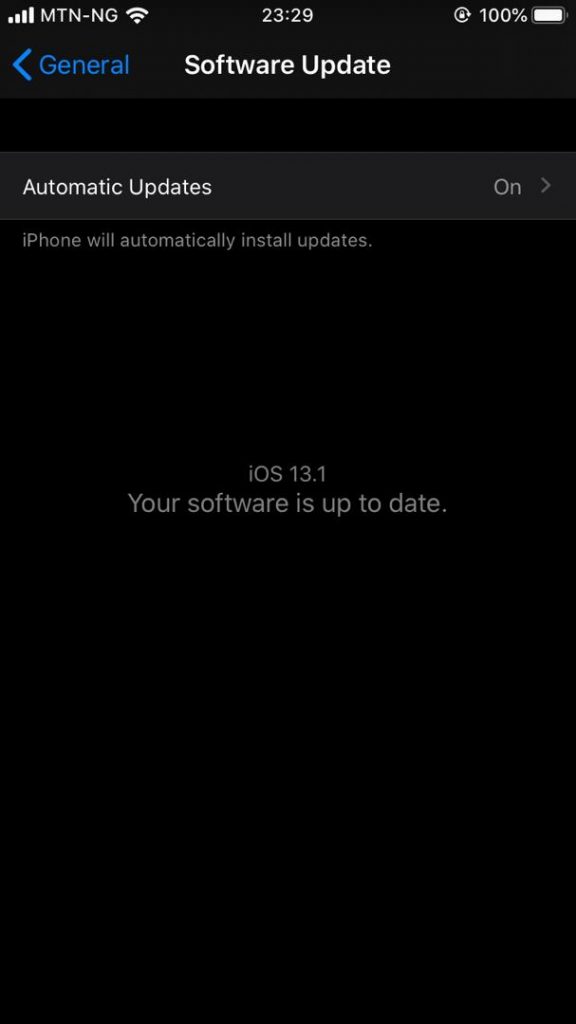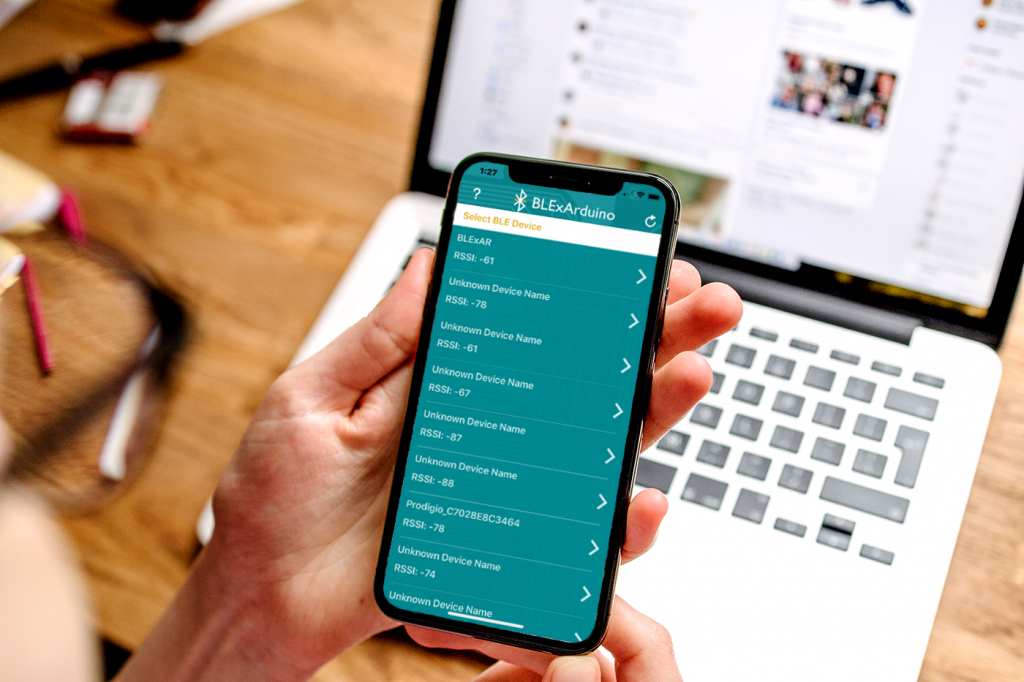Every year, when a new version of iOS comes out, it receives a lot of buzz and hype worldwide but this year’s update, iOS 13 might not be a ground-breaking release but it’s surely one of the biggest updates so far.
Apple’s iOS 13 update is determined to rebrand your old iPhone, so much that if you don’t upgrade to the new iPhone, you’ll have tons of new and cool features to play with today.
There are major features that will change the way you use your iPhone every day — Dark Mode, Sign in with Apple feature and an impressive overhaul in Photos and Maps apps. Other tweaks are going to need a little bit more time to come into their own for users to get used to.
We will talk about most of the small updates but some of the things we will focus more majorly are the Dark Mode and Apple’s stance on privacy.
Salute to Dark Mode
Let’s start with the feature that received the most hype and buzz: dark mode. It took a while for it to happen but Apple has finally got there and jumped on the dark mode train and it’s easily one of favorite parts of iOS 13 for most people.
Dark Mode on iOS 13 is a system-wide trigger. You can activate it from the Settings app or by opening the Control Center panel from the bottom part of the screen and long-pressing on the brightness indicator. And it completely transforms the look and feel of your iPhone.

Once Dark Mode is enabled, Apple’s own native apps, like Maps, Settings, Messages, and Mail, all switch to a darker color scheme with a black background. But there are other, more subtle changes: the backlight dims and the translucent background behind notification windows and app folders turn from pearly white to slate. It doesn’t instantly plunge your phone into blackness, but it is quite noticeable.
We recommend turning on the automated mode in the settings for Dark Mode. iOS uses your current location to time the change with sunset and sunrise — your iPhone goes dark at night and lights up in the morning. This is actually similar to the way Dark Mode works on Android.
Privacy gets a bigger boost
Apple is now adding more ways to control your personal information. If an app needs your location for something, you can now grant access to your location just once which means that the app has to ask for your permission the next time you want to use it.
Signing up a new app on your iPhone these days occasionally puts you in the position of having to either create yet another mobile account to observe and monitor or do some sort of social login such as logging in with your credentials from Facebook, Google or elsewhere. The latter method is quite easy to work on, but you’re still left considering whether the privacy trade-off attached is worth it.
iOS 13 introduces a new way for customers to sign in to an app or a website on your phone that balances convenience and privacy. Sign In with Apple is an alternative to “Sign in with Google” or “Sign in with Facebook” and lets you use your Apple ID account to log in, verifying your sign in either with Face ID on newer iPhones or Touch ID if you’d prefer to use a fingerprint reader. All you’re providing upon sign-in is your name and email address, and even that latter piece of information can be disguised during the process.
Low-Key improvements
Few changes have been introduced to the operating system. First, animations, launching, and closing apps are now faster.
Second, the keyboard now fully supports swipe-to-type. For those that might have used Android phones or third-party keyboards in the past, they will be quite familiar with this. You can move your finger across the display from one letter to another without lifting it. This might not be much of a big deal but it feels sleeky.
Third, iOS 13 improves battery life. This new upgrade platform is smarter at charging and will curtail the power input at the right times.
‘Find my iPhone’ and ‘Find my Friends’ have now been fused together. The two apps are now in one ‘Find My’ app and Apple’s built-in functionality that can find offline devices from other iPhones or iPads.
That’s some of the major improvements – but if you want to know more about the smaller features, or just a bit more depth on what your iPhone, you can upgrade your iPhone to iOS 13
It is also worth knowing that the Photos and Maps app have both received some even bigger improvements. The main tab for the Photos app has been completely redesigned while for the Maps app, a feature similar to Google Street View has been fused into the app which is the 3D representations of streets with foreground and background.
iOS 13 compatibility test
iOS 13 compatibility requires an iPhone or iPad from the at least the last four years (depending on the device category). That means phones like the iPhone 6 won’t be getting iOS 13 – if you’ve got one of those devices you’ll be stuck with iOS 12
You’ll need an iPhone 6S or later, the iPad Air 2 or later, and the new iPad mini 4 or later, or the iPod touch 7th generation. Meanwhile, the new iPod Touch 7th gen is the only device of its class that gets the iOS 13 support.

There you have it, there are lots of big and tiny improvements across the board with iOS 13. Note, this version feels buggy at times. It is also wonderful to see that Apple is making some solid progress on the privacy matter.


